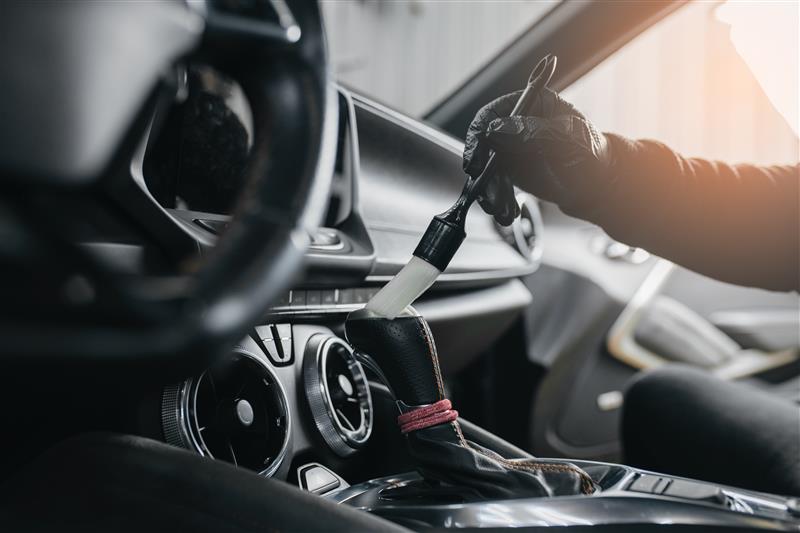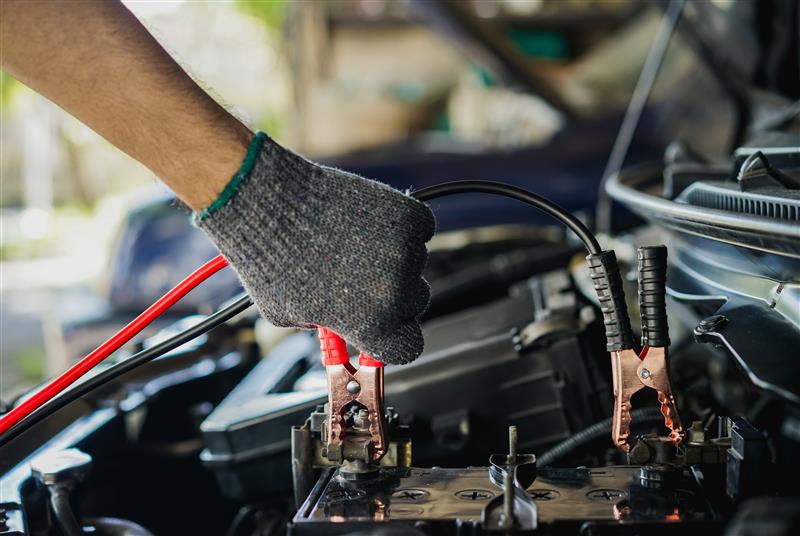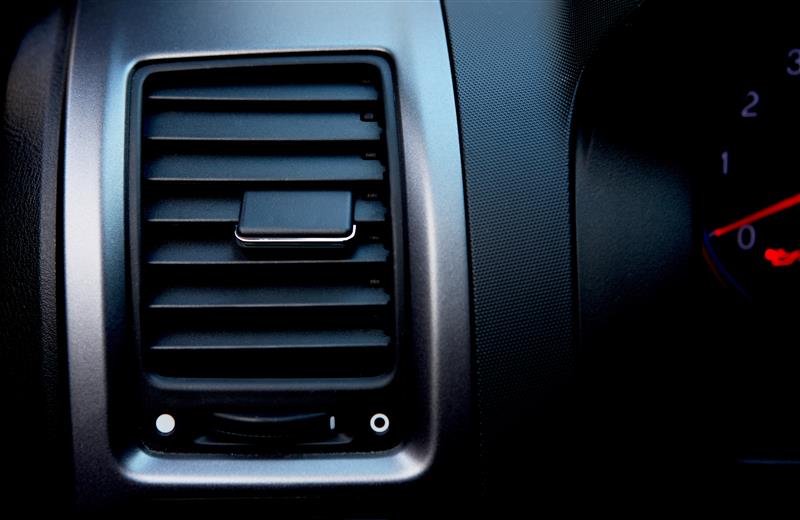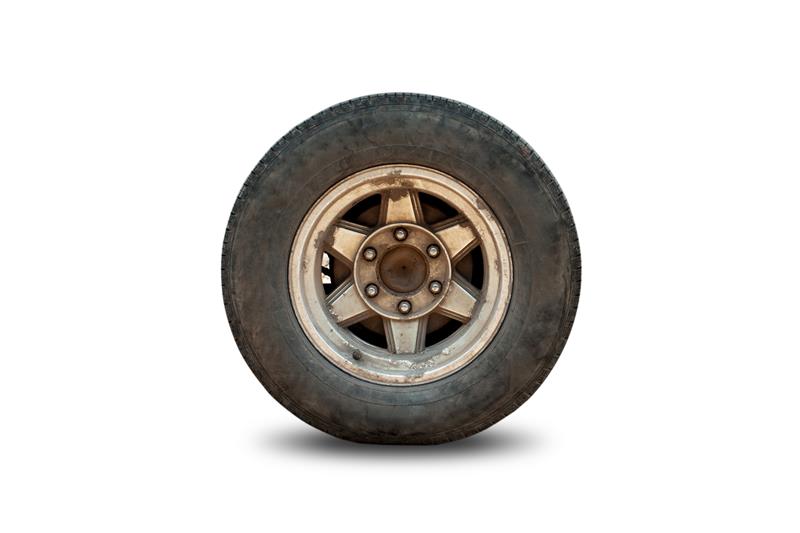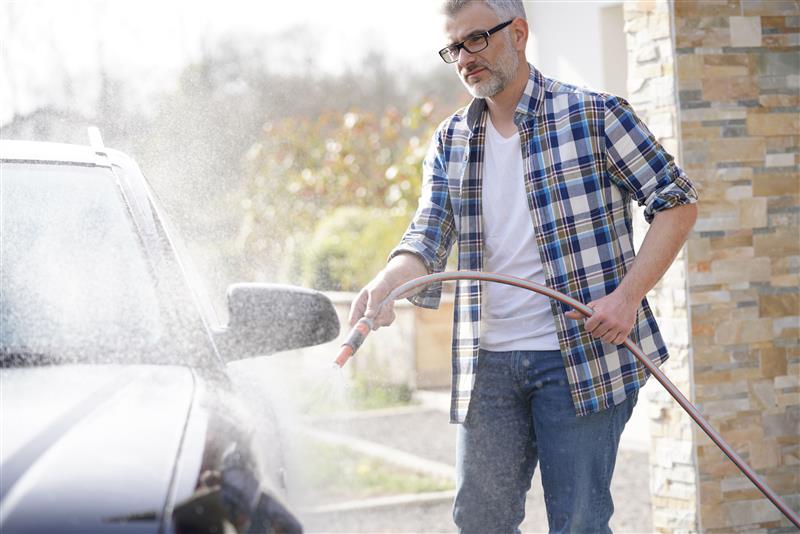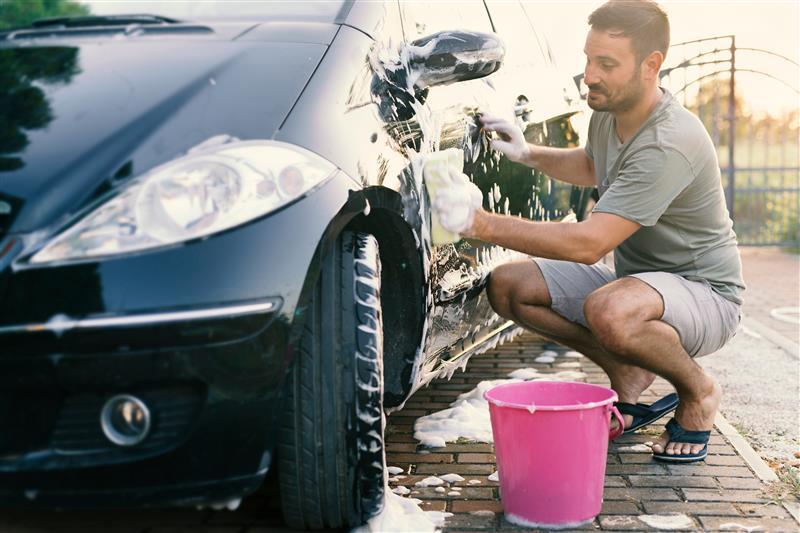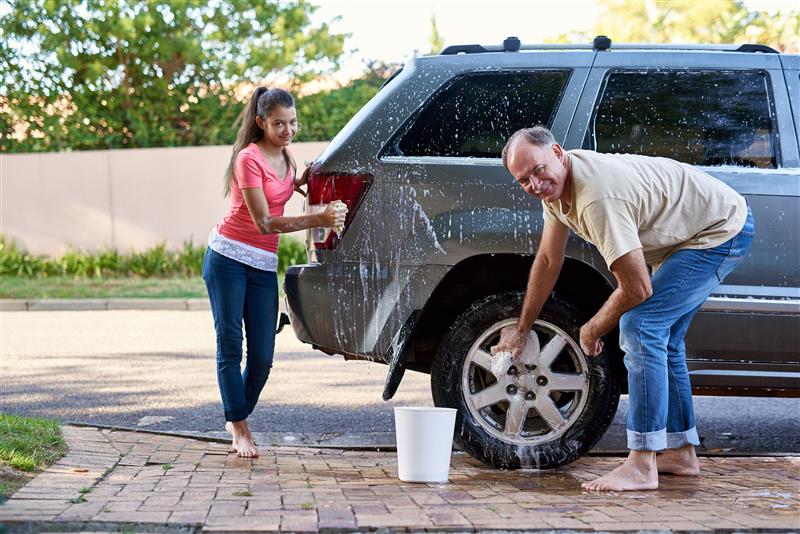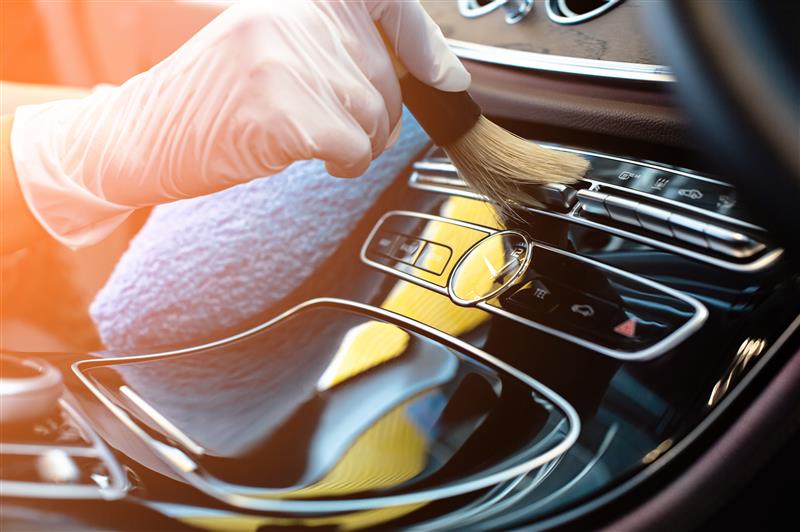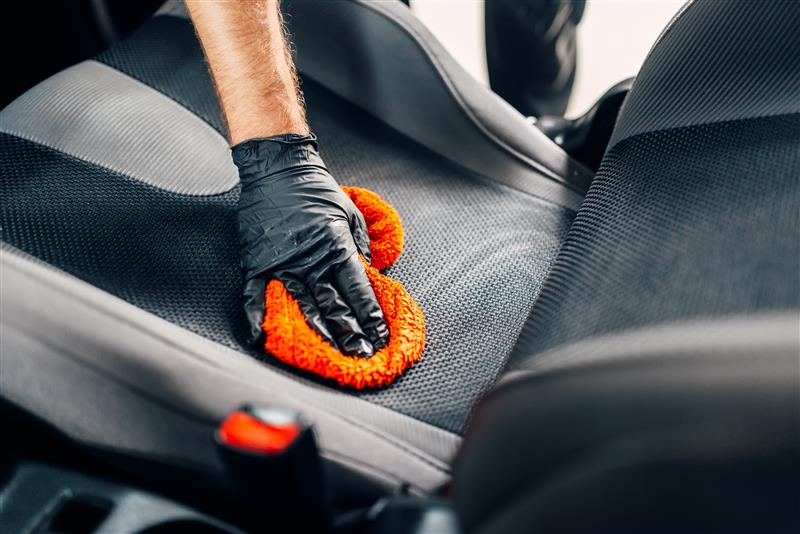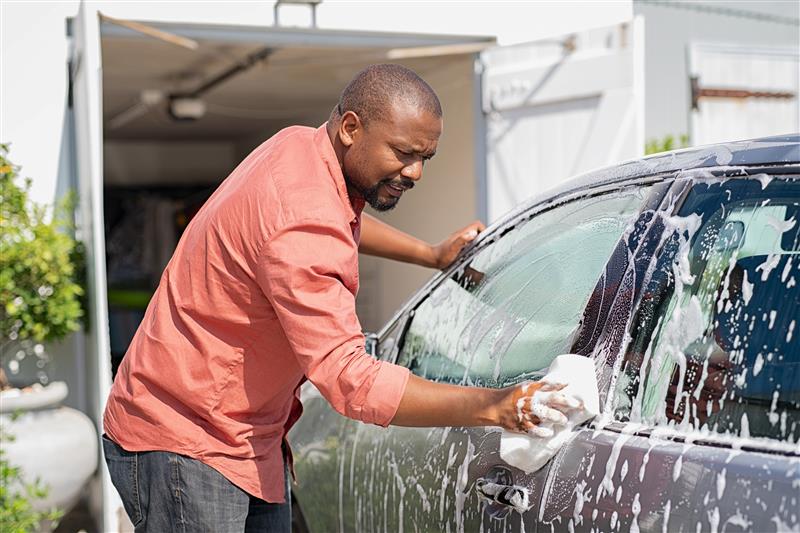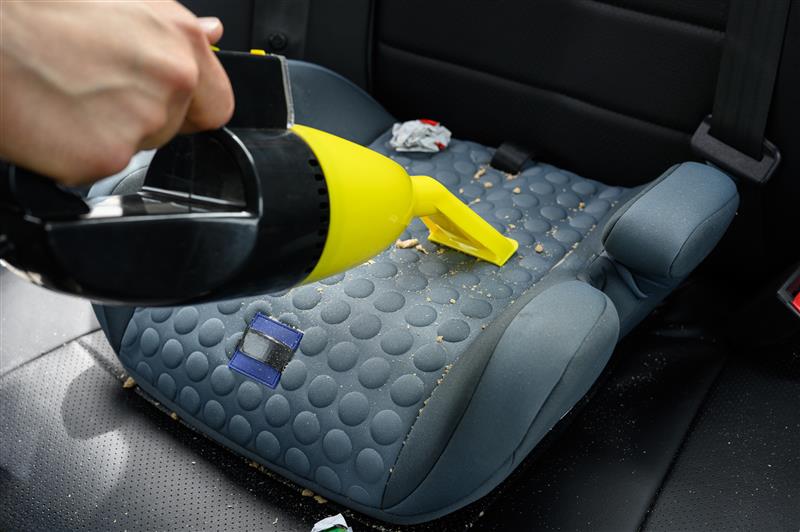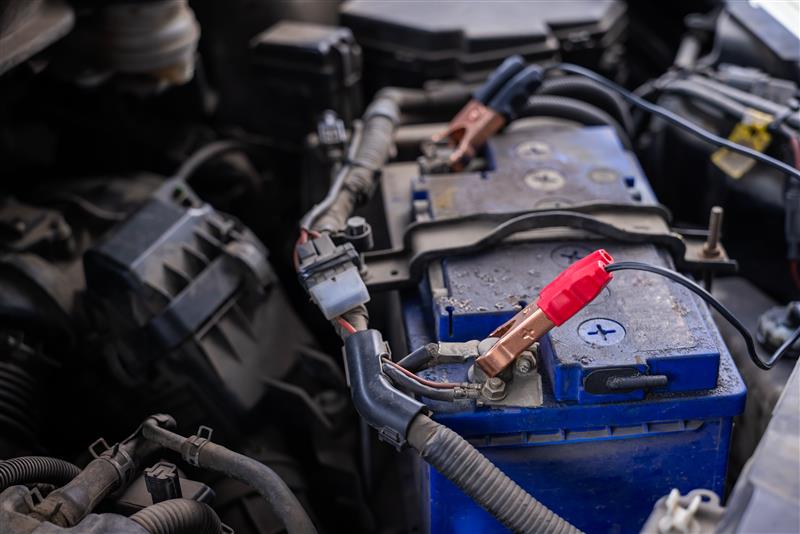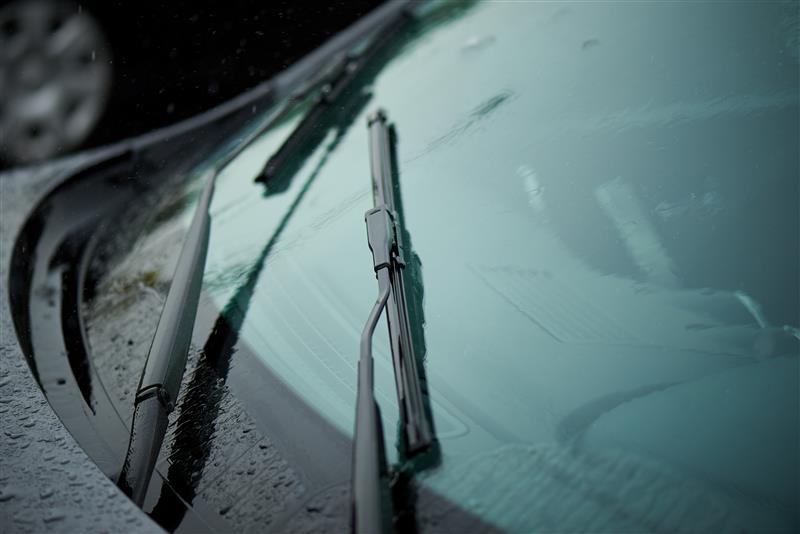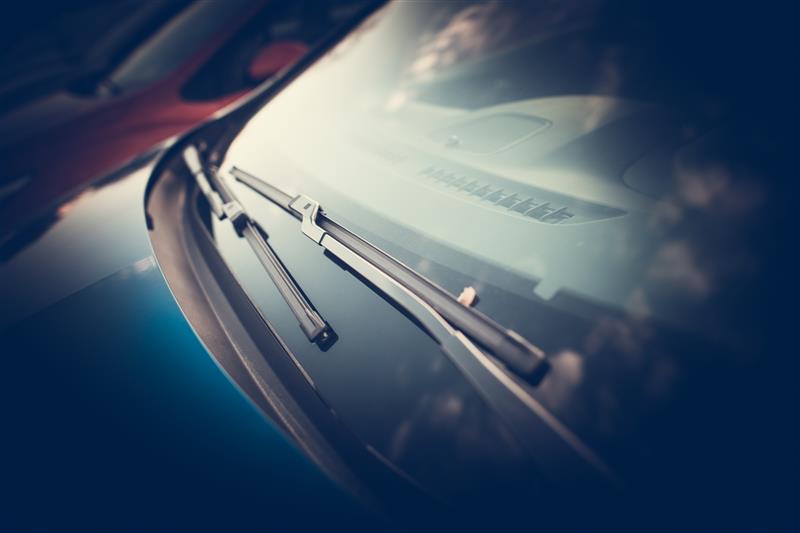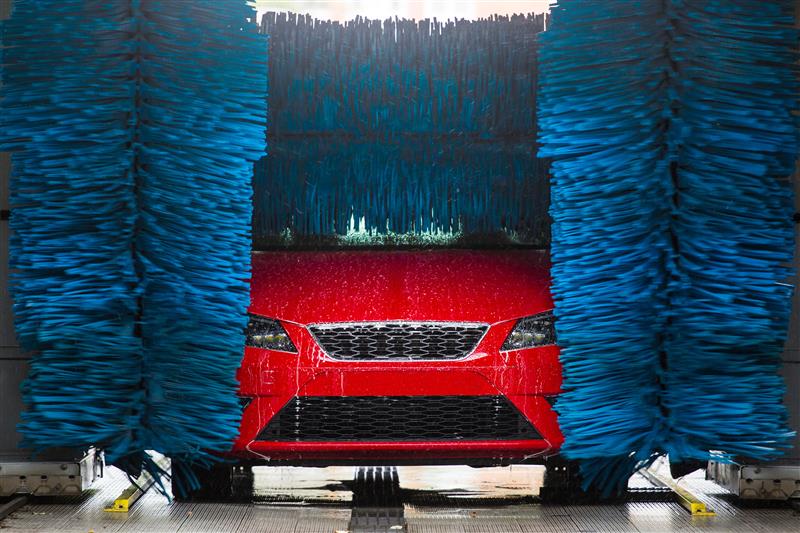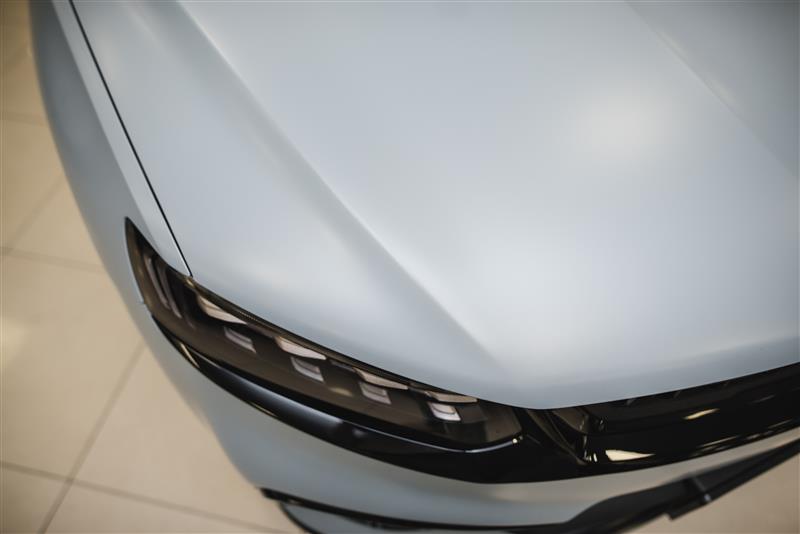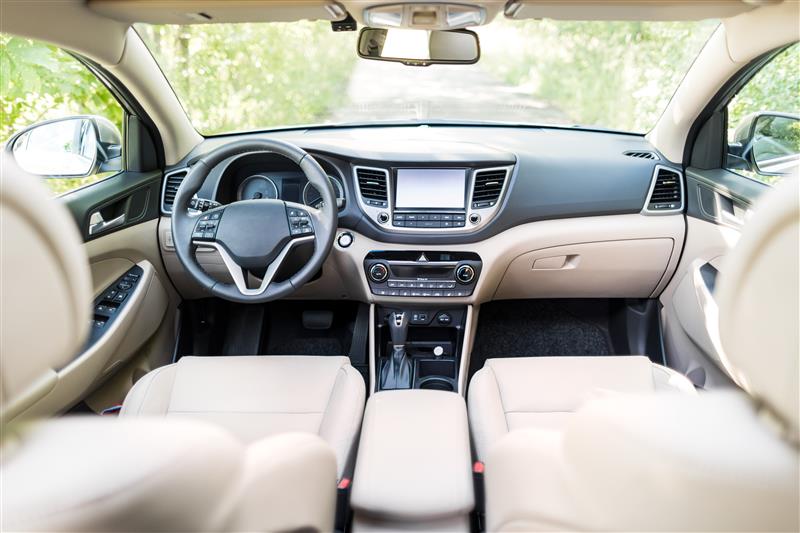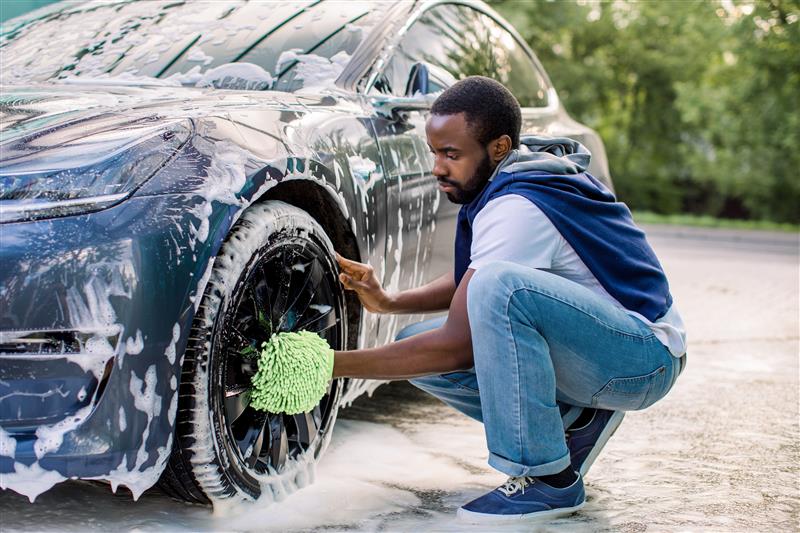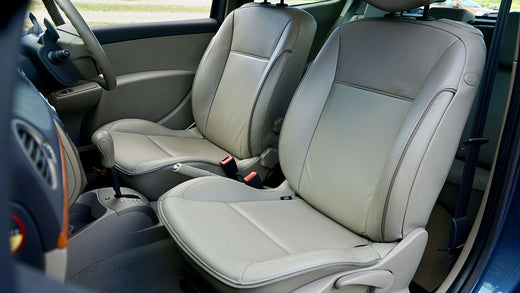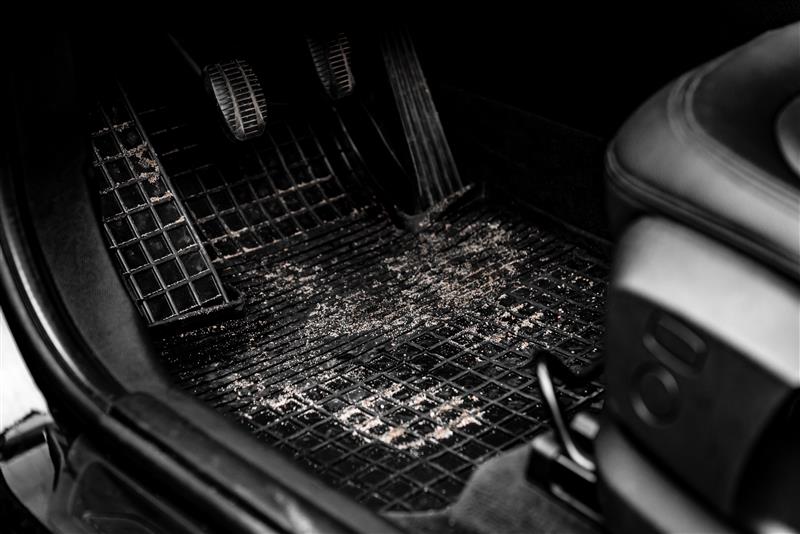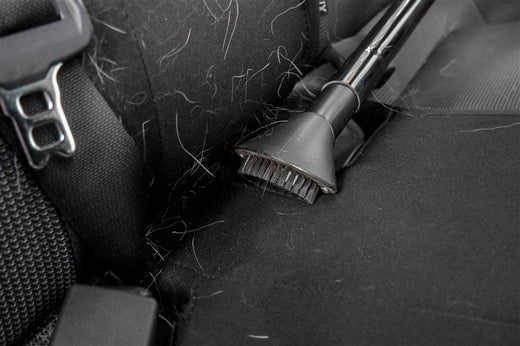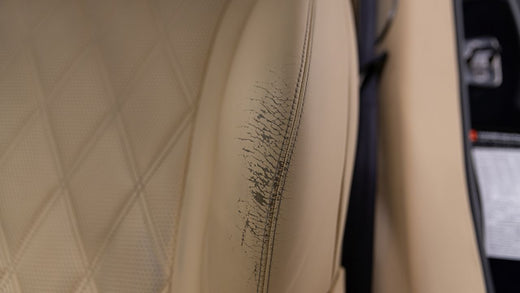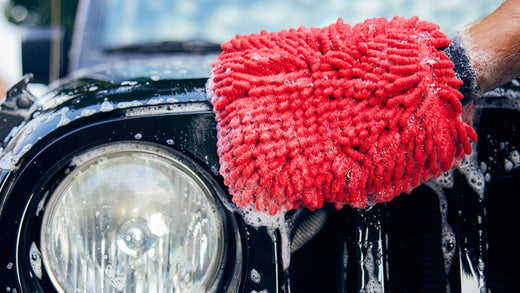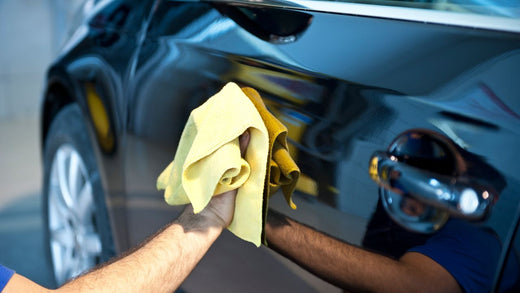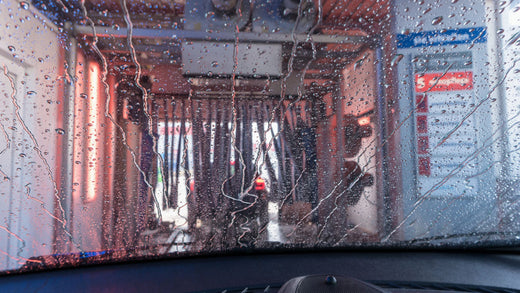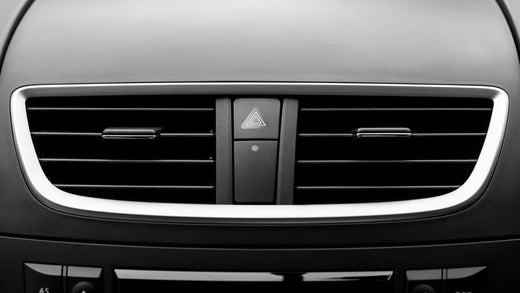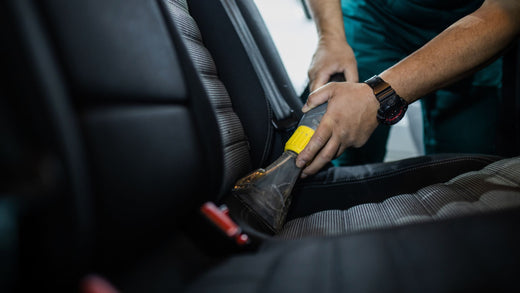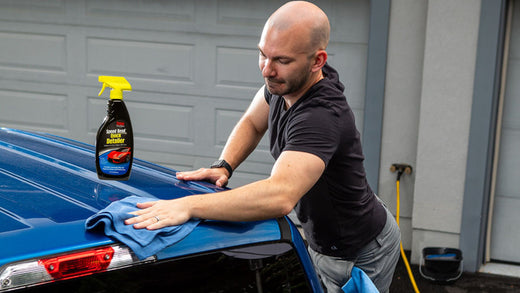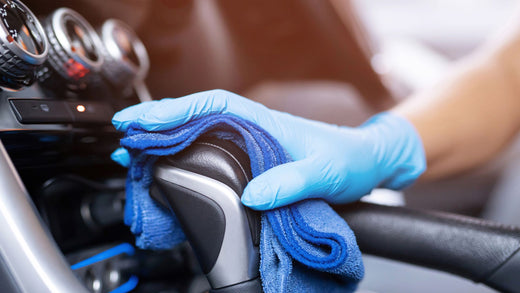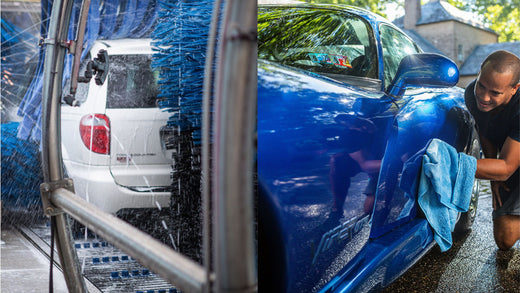Clear vision ahead with our holiday markdowns on Invisible Glass Ceramic Silicone Wiper Blades. Prices as marked.
Floor mats endure use and abuse whenever you set foot in your vehicle. Over time, mud, sand, gravel, and other outside debris make their way onto your car’s floor coverings. In this post, we’ll touch on how to clean cloth or rubber mats, along with some tips and tricks you can use to keep your footwells cleaner in the future.
To clean cloth floor mats: Remove mats from the car, give the mats a good shake, vacuum, apply cleaner and scrub, and allow them time to dry. To clean rubber or vinyl floor mats: remove the mat, rinse off debris, wash with a medium-bristle brush and some soap, allow time to dry, and finish with a trim detailer.
Required tools and materials
Different materials require specific cleaning methods. Below are the tools and materials you will need to clean either type of floor covering.
Cloth
Required tools:
- Cloth upholstery cleaner
- Medium-bristled brush
- Vacuum
- Microfiber towels
Optional tools:
- Shop vac
- A blow dryer or fan
- Stain remover
- Rubber or vinyl
Required tools:
- Hose or water bucket
- Medium-bristled brush
- Soap
- Trim detailer (Trim Clean)
How to clean cloth floor mats
Cloth floor mats are standard for nearly every vehicle. These carpets feature thick cloth backed with a rigid plastic or rubber material.
Remove mats from the car
Remove the mats from your vehicle before applying any cleaning product. Removal allows you plenty of room to work, giving you full access to the cloth upper and the upholstery beneath. Both sides of your floor covering require cleaning.
In addition, removing your mats prevents potential overspray from cleaners that may make vital surfaces – like your brake or gas pedal – slippery. Working outside the vehicle will keep things clean and, more importantly, safe.
Give the mats a good shake
Give your floor mats a firm shake or pound on the back once you remove them from the vehicle. If you’re working in dry conditions, light dirt, dust, or rocks will likely fall to the ground. Though this step won’t fully clean your mats, removing large debris will reduce your cleaning time and simplify the process.
Vacuum
Once shaken, vacuum the mats. We recommend starting from the top and vacuuming to the bottom. Move from left to right to ensure every area is thoroughly covered. After vacuuming vertically, vacuum again, moving horizontally. Your strokes should create a checkerboard-like pattern that will provide a thorough cleaning.
Apply upholstery cleaner and scrub with a medium-bristled brush
If you are using a new upholstery cleaning product, we recommend that you begin by conducting a spot test. A spot test is a small-scale test conducted in an out-of-sight area to ensure that the product doesn’t cause damage to your material. Pick a typically-hidden location, such as the corner of a floor mat, and apply a small amount of solution to test.
Consider Stoner Car Care’s Upholstery & Carpet Cleaner if you need an upholstery cleaner. It features a powerful foaming action that lifts dirt and grime to the surface for easy removal.
Spray a conservative amount of your upholstery cleaner onto your mat, then agitate with a medium-bristled brush. Let the brush and cleaner do the work for you; you don’t need to scrub with excessive pressure. After brushing, lightly blot the area with a microfiber towel to absorb lifted dirt and debris. Repeat this process on all your floor mats until done.
Let the mats dry
Once your cloth mats are clean, allow them time to dry. Fresh air will hasten the process. You can speed drying by hanging your mats outside or by placing them into the vehicle and leaving your windows down or doors open.
How to clean rubber and vinyl floor mats
Rubber floor mats have become an industry favorite for those who love the outdoors or prefer a much easier maintenance process. Rubber mats don’t absorb debris and allow easy cleaning in a few simple steps.
Remove mats from the car
Dirt and debris will rapidly run off your mats once you begin cleaning them. Prevent a potential mess by removing them from the vehicle before beginning. Removal also ensures that no cleaning overspray can reach your floor pedals, making them slippery and potentially unsafe.
Rinse off debris
One of the most significant benefits of rubber/vinyl mats is that you can simply rinse them clean. Thoroughly rinse your rubber or vinyl floor coverings using a garden hose or water bucket. Use a medium-bristled brush and soap to scrub the areas with stubborn grime.
Dry the mat with a fresh microfiber towel
Dry your newly-cleaned floor mats with a fresh microfiber towel. Rubber or vinyl will not absorb excess water. Thorough drying is even more necessary if you’re going to deepen the color of the mat with a trim cleaner.
Finish it off with a trim cleaner
Your rubber/vinyl floor mat is now clean, but there’s a good chance the color will revert to a faded appearance as it dries – especially if it’s old. Spraying down the mat with an interior detailer freshens up its appearance and can prolong its life.
Interior detailers, such as Stoner Car Care’s Trim Clean, clean and protect automotive surfaces – including your rubber floor mats. Simply apply and wipe to remove dust, dirt, grime, and spills.
Keep your feet and car clean
Regardless of the floor mat type, a routine cleaning will help keep your footwells looking fresh. Just follow the steps above, depending on your mat material. To clean cloth floor mats: Remove mats from the car, give the mats a good shake, vacuum, apply cleaner and scrub, and allow them time to dry. To clean rubber or vinyl floor mats: remove the mat, rinse off debris, wash with a medium-bristle brush and some soap, allow time to dry, and finish with a trim detailer. You can keep your vehicle clean, from windshield to floor mats, with the right products and a little effort.


